Home>Technology>Security & Surveillance>How To Open Interior Door Lock Without Key
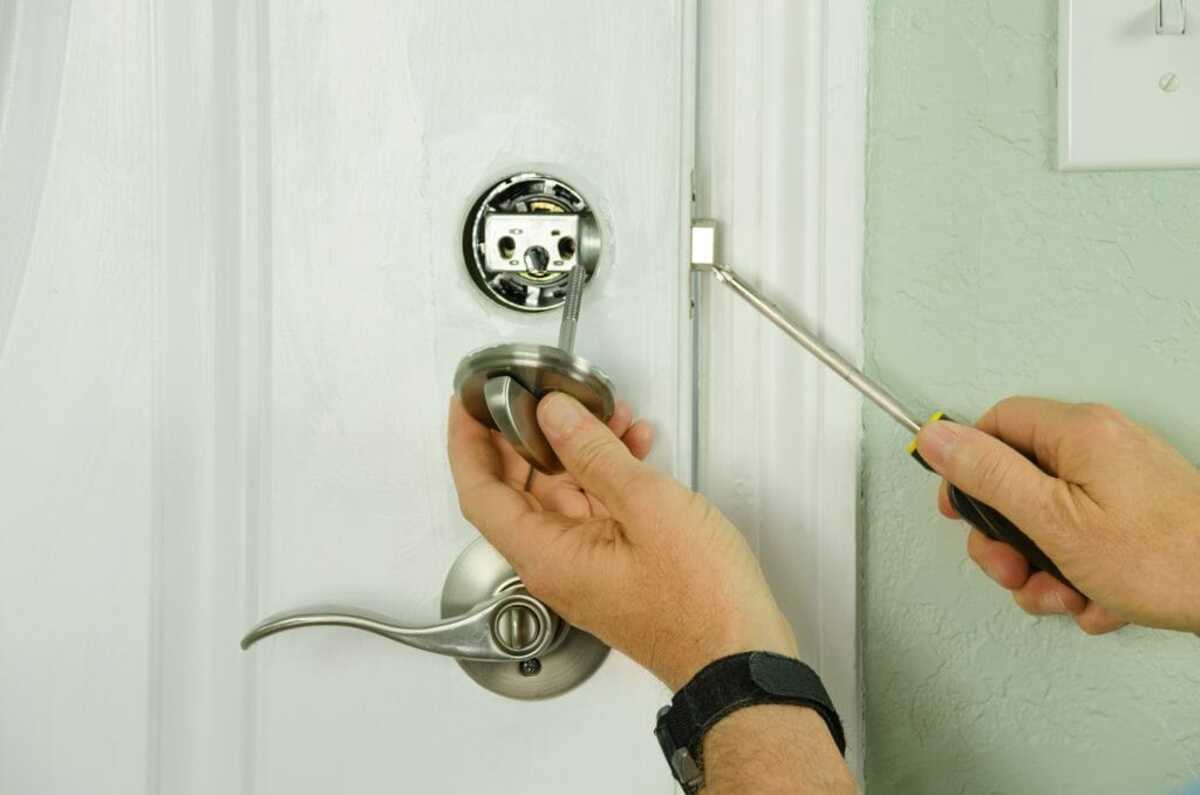

Security & Surveillance
How To Open Interior Door Lock Without Key
Modified: January 3, 2024
Learn effective ways to open interior door locks without a key for improved security and surveillance. Discover expert tips and techniques to handle lockouts efficiently. Unlock doors with ease using these methods!
(Many of the links in this article redirect to a specific reviewed product. Your purchase of these products through affiliate links helps to generate commission for Storables.com, at no extra cost. Learn more)
Introduction
Have you ever found yourself in a situation where you accidentally locked yourself out of a room with no spare key in sight? It can be a frustrating and stressful experience, especially when you need to access the room urgently. Whether it's a bedroom, office, or any interior space, being locked out can disrupt your plans and cause unnecessary inconvenience.
Fortunately, there are several methods you can use to open an interior door lock without a key. While these techniques should only be employed in emergency situations or with proper authorization, knowing how to bypass a locked door can be incredibly useful when the need arises.
In this guide, we will explore various methods for opening interior door locks without a key, using common household items and a bit of ingenuity. From utilizing a credit card to employing simple tools like screwdrivers, bobby pins, and paperclips, we'll walk you through step-by-step instructions to help you regain access to a locked room. Keep in mind that these methods should be used responsibly and ethically, and it's always best to seek professional assistance whenever possible.
So, if you find yourself in a pinch and need to unlock an interior door without a key, read on to discover practical and resourceful solutions that may just save the day.
Key Takeaways:
- Don’t panic if you’re locked out! You can use everyday items like a credit card or a paperclip to open interior door locks without a key. Just remember to use these methods responsibly and ethically.
- Before trying to open a locked door without a key, assess the situation and use caution. Not all locks can be bypassed, and it’s important to prioritize lawful and responsible practices. If in doubt, seek professional assistance.
Read more: How To Open My Door Lock Without A Key
Tools Needed
Before attempting to open an interior door lock without a key, it’s essential to gather a few basic tools and materials. While the specific tools required may vary depending on the method you choose, here are some common items that may come in handy:
- Credit Card: A flexible and sturdy plastic card, such as an expired credit card, gift card, or hotel key card, can be used for certain door lock bypass methods.
- Screwdriver: A flathead screwdriver or a small, thin tool with a flat edge can be utilized to manipulate certain types of door locks.
- Bobby Pin: A bobby pin or hairpin can serve as a makeshift lock-picking tool for interior door locks with a simple mechanism.
- Paperclip: A straightened paperclip can be fashioned into a makeshift lock-picking tool, providing a slim and flexible instrument for manipulating the lock.
These tools are commonly found in many households and can be repurposed for emergency lock-opening situations. Keep in mind that while these methods can be effective for certain types of locks, they should be used responsibly and lawfully. If you are unsure about the legality or propriety of using these techniques in a specific situation, it’s best to seek professional assistance or authorization.
Now that you have the necessary tools at your disposal, let’s explore the step-by-step methods for opening interior door locks without a key using these common items.
Method 1: Using a Credit Card
One of the most common and straightforward methods for opening a spring bolt lock on an interior door without a key is by using a flexible plastic card, such as a credit card. This technique works best on spring latch locks rather than deadbolts, and it’s important to note that it may not be effective for all types of locks. Here’s a step-by-step guide to using a credit card to open a locked door:
- Insert the Card: Start by sliding the edge of the card between the door and the doorframe, positioning it above the latch bolt. Ensure that the card is perpendicular to the door and angled towards the latch.
- Apply Pressure: Press the card firmly against the latch while bending it away from the door handle. This action aims to create space between the latch and the strike plate, allowing the card to slip past the latch and release it from the strike plate.
- Push and Wiggle: While maintaining pressure on the card and bending it away from the door handle, simultaneously push and wiggle the card downwards. This movement is intended to manipulate the latch and disengage it from the strike plate, effectively unlocking the door.
- Open the Door: Once the latch is released, carefully turn the door handle or knob to open the door. If the door doesn’t open immediately, continue applying gentle pressure with the card while attempting to turn the handle.
It’s important to exercise caution and patience when using this method, as excessive force or haste could damage the card or the door. Additionally, not all door locks are susceptible to this technique, especially if the latch is tightly secured against the strike plate. While using a credit card to open a locked door can be effective in certain situations, it’s essential to consider the specific type of lock and the circumstances before attempting this method.
Remember, using this technique on doors that you don’t own or without proper authorization may be illegal. Always prioritize ethical and lawful practices when employing these methods.
Method 2: Using a Screwdriver
When faced with a locked interior door and no key in sight, a flathead screwdriver can be repurposed as a makeshift tool for bypassing certain types of locks. This method is particularly effective for spring latch locks and may require a bit of finesse and patience. Here’s a step-by-step guide to using a screwdriver to open a locked door:
- Identify the Lock Type: Before attempting this method, it’s important to determine whether the door lock is a spring latch or a deadbolt. Spring latch locks, which are commonly found in interior doors, can often be manipulated using this technique.
- Insert the Screwdriver: Insert the flathead screwdriver into the gap between the door and the doorframe, positioning it above the latch mechanism. Ensure that the screwdriver is angled towards the latch and inserted as far as possible.
- Apply Pressure: With the screwdriver inserted, apply steady pressure to the handle, aiming to push the latch back into the door. This action is intended to retract the latch and release it from the strike plate, effectively unlocking the door.
- Turn the Handle: Once the latch is retracted, attempt to turn the door handle or knob to open the door. If the door doesn’t open immediately, continue applying pressure with the screwdriver while gently turning the handle.
It’s crucial to exercise caution and precision when using this method, as excessive force or improper technique could damage the lock or the doorframe. Additionally, not all locks are susceptible to this technique, especially if the latch is tightly secured. While using a screwdriver to open a locked door can be effective in certain situations, it’s important to assess the lock type and the circumstances before attempting this method.
Always bear in mind that using this technique on doors without proper authorization may be illegal. It’s essential to prioritize ethical and lawful practices when employing these methods, and seeking professional assistance whenever possible is advisable.
You can use a small flathead screwdriver or a paperclip to push the locking mechanism inside the door knob and open the door without a key. Be gentle to avoid damaging the lock.
Method 3: Using a Bobby Pin
For individuals seeking an alternative method to open an interior door lock without a key, a bobby pin can be repurposed as a makeshift lock-picking tool. This technique is particularly effective for simple spring latch locks and may require some patience and dexterity. Here’s a step-by-step guide to using a bobby pin to open a locked door:
- Create a Tension Wrench: Begin by bending the closed end of the bobby pin to create a small right angle, forming a makeshift tension wrench. This bent portion will serve as the handle for applying rotational pressure to the lock.
- Create a Lock Pick: Straighten the remaining section of the bobby pin to form a slender and straight lock-picking tool. This portion will be used to manipulate the pins inside the lock mechanism.
- Insert the Tension Wrench: Insert the bent end of the bobby pin into the lower part of the keyhole, applying slight rotational pressure in the direction that the key would turn. This tension is essential for setting the pins inside the lock.
- Manipulate the Pins: Insert the straightened portion of the bobby pin into the upper part of the keyhole, gently probing and lifting the pins inside the lock. Apply subtle upward pressure to each pin while maintaining tension with the wrench.
- Turn the Lock: As you manipulate the pins, continue applying rotational pressure with the tension wrench. With the pins aligned at the shear line, the lock should rotate, allowing you to open the door.
It’s important to approach this method with care and patience, as delicate maneuvering and precise pressure are crucial for success. Additionally, not all locks are susceptible to this technique, especially if they have more complex mechanisms or additional security features. While using a bobby pin as a lock-picking tool can be effective in certain situations, it’s essential to consider the lock type and the circumstances before attempting this method.
Always remember that using this technique on doors without proper authorization may be illegal. Ethical and lawful practices should always be prioritized when employing these methods, and seeking professional assistance whenever possible is advisable.
Read more: How To Open My Car Door Lock Without Key
Method 4: Using a Paperclip
When faced with a locked interior door and no key in sight, a paperclip can be repurposed as a makeshift lock-picking tool, providing a potential solution for gaining entry. This method is particularly effective for simple spring latch locks and may require patience and precision. Here’s a step-by-step guide to using a paperclip to open a locked door:
- Straighten the Paperclip: Begin by straightening the paperclip to create a slender and elongated tool, resembling a traditional lock pick. Ensure that one end of the paperclip forms a small hook or bend, which will serve as the picking tip.
- Create a Tension Tool: Fashion a makeshift tension tool by bending a small portion of the paperclip at a right angle, forming a handle for applying rotational pressure to the lock.
- Insert the Tension Tool: Insert the bent end of the paperclip into the lower part of the keyhole, applying subtle rotational pressure in the direction that the key would turn. This tension is crucial for setting the pins inside the lock.
- Manipulate the Pins: Insert the straightened portion of the paperclip into the upper part of the keyhole, gently probing and lifting the pins inside the lock. Apply delicate upward pressure to each pin while maintaining tension with the tension tool.
- Turn the Lock: As you manipulate the pins, continue applying rotational pressure with the tension tool. With the pins aligned at the shear line, the lock should rotate, allowing you to open the door.
It’s important to approach this method with caution and patience, as precise maneuvering and subtle pressure are essential for success. Additionally, not all locks are susceptible to this technique, especially if they have more complex mechanisms or additional security features. While using a paperclip as a lock-picking tool can be effective in certain situations, it’s essential to consider the lock type and the circumstances before attempting this method.
Always bear in mind that using this technique on doors without proper authorization may be illegal. Ethical and lawful practices should always be prioritized when employing these methods, and seeking professional assistance whenever possible is advisable.
Conclusion
Unlocking an interior door without a key can be a challenging predicament, but with resourcefulness and the right techniques, it’s possible to regain access in a pinch. By utilizing everyday items such as credit cards, screwdrivers, bobby pins, and paperclips, individuals can potentially bypass certain types of door locks in emergency situations. However, it’s crucial to approach these methods with caution, responsibility, and ethical consideration.
Before attempting to open a locked door without a key, it’s important to assess the specific type of lock and the circumstances surrounding the situation. Not all locks are susceptible to these techniques, and attempting to bypass a lock without proper authorization may be illegal and unethical. It’s always advisable to seek professional assistance whenever possible and to prioritize lawful and responsible practices.
While the methods outlined in this guide can offer potential solutions for unlocking interior doors, they should be used judiciously and only in appropriate situations. Additionally, it’s essential to be mindful of local laws and regulations regarding lock-picking and unauthorized entry, as engaging in unlawful activities can have serious consequences.
Ultimately, the goal of these techniques is to provide a means of access in emergency scenarios, and individuals should exercise discretion and respect for the law when considering these methods. When faced with a locked interior door and no key in sight, it’s best to approach the situation calmly and considerately, seeking professional help and guidance whenever feasible.
By understanding these methods and their potential applications, individuals can be better prepared to address unexpected lockout situations with prudence and responsibility.
Frequently Asked Questions about How To Open Interior Door Lock Without Key
Was this page helpful?
At Storables.com, we guarantee accurate and reliable information. Our content, validated by Expert Board Contributors, is crafted following stringent Editorial Policies. We're committed to providing you with well-researched, expert-backed insights for all your informational needs.

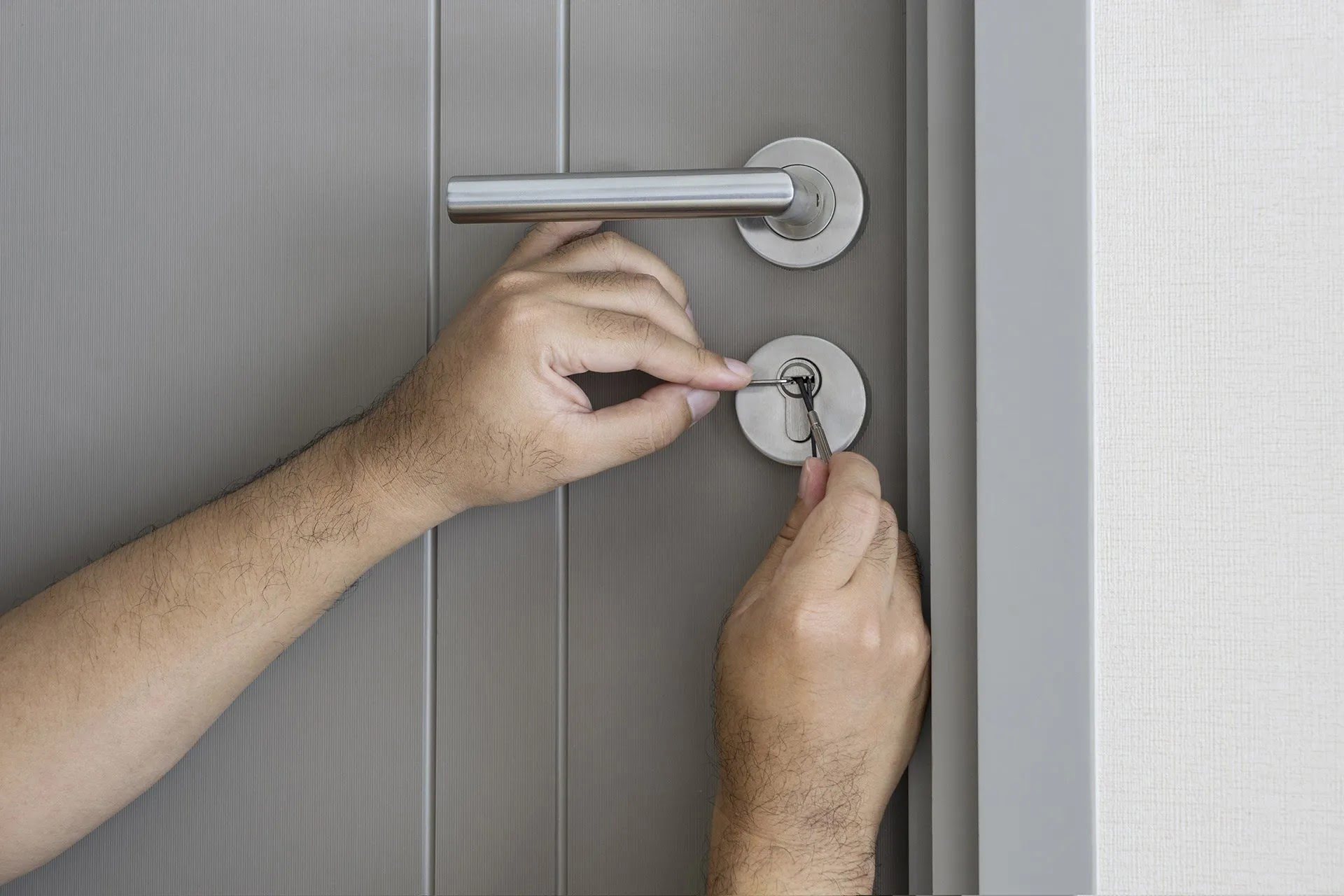
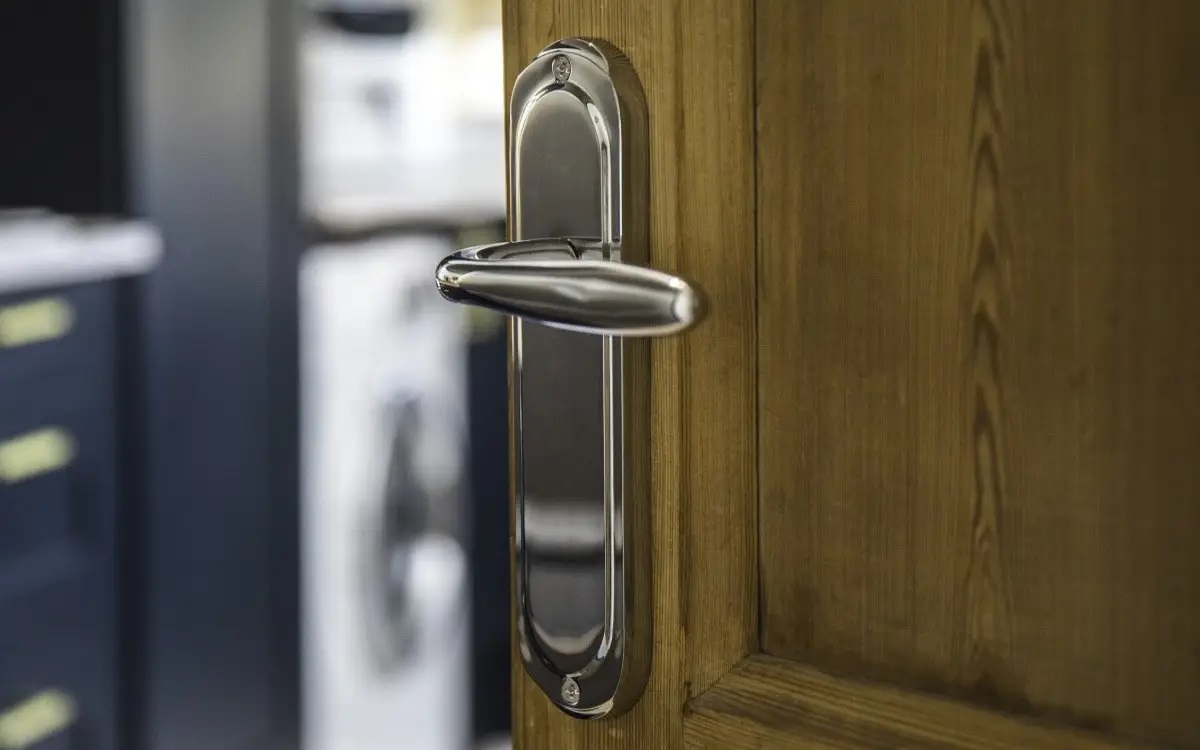
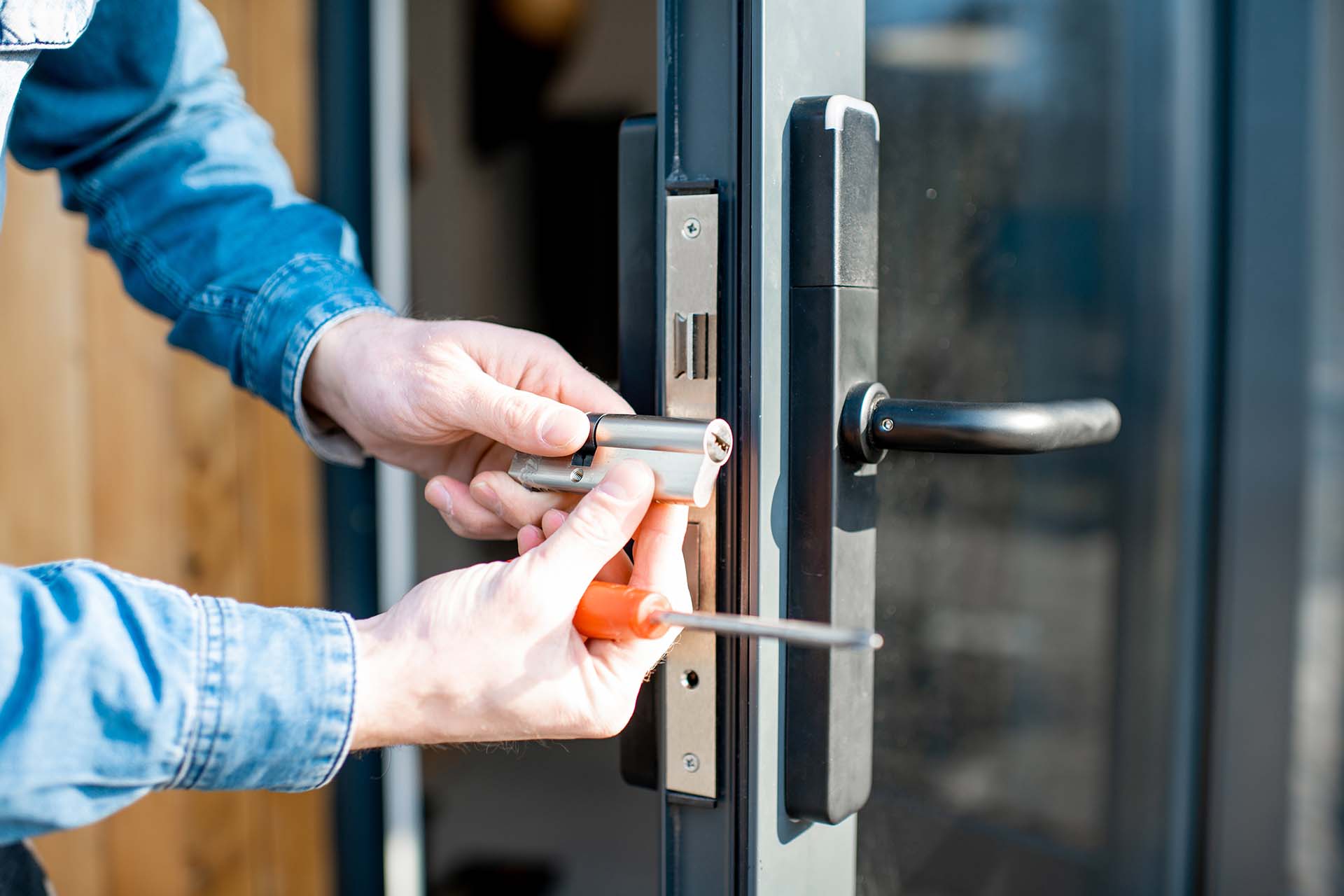
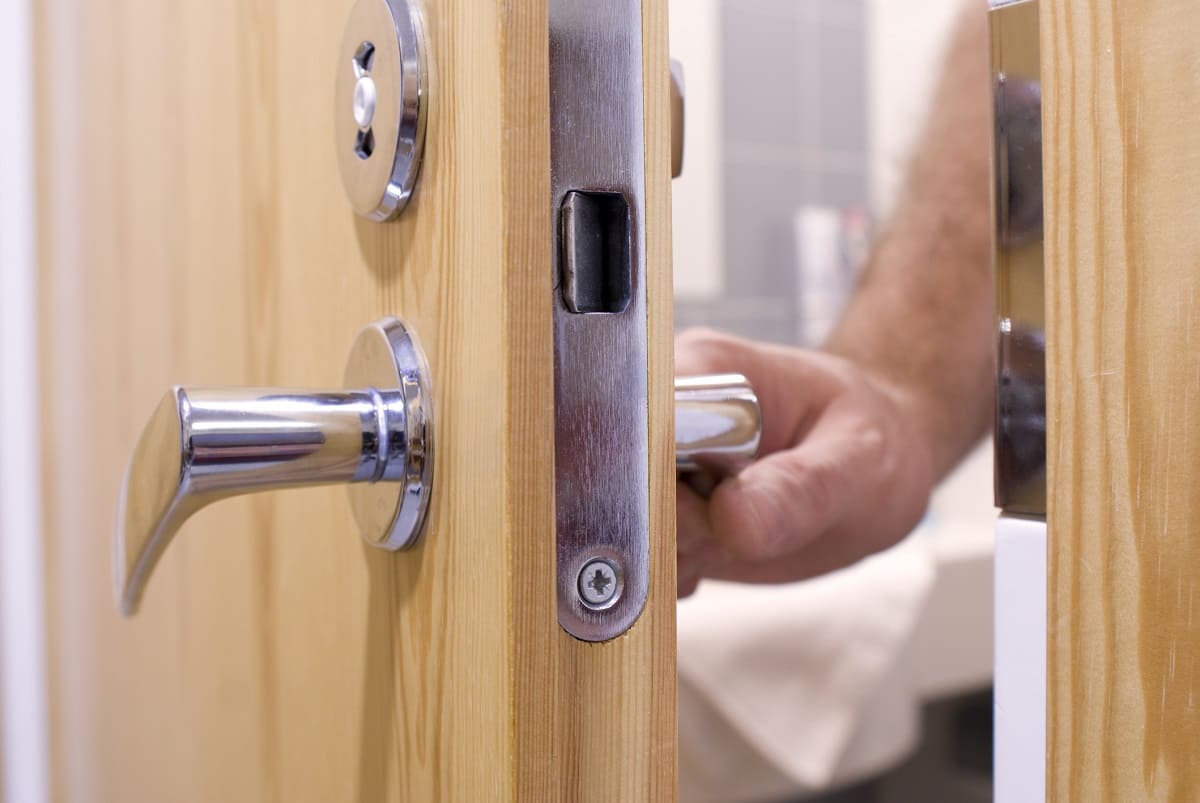
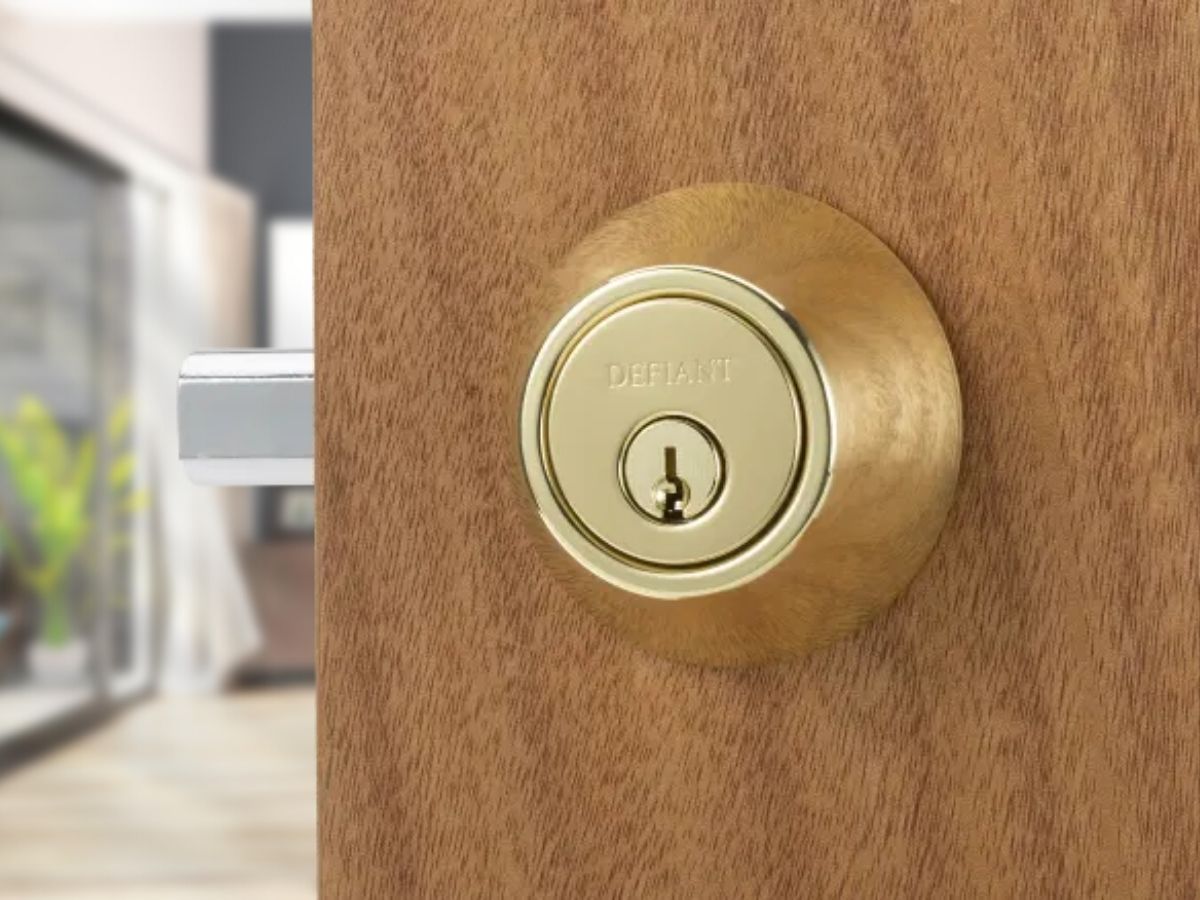
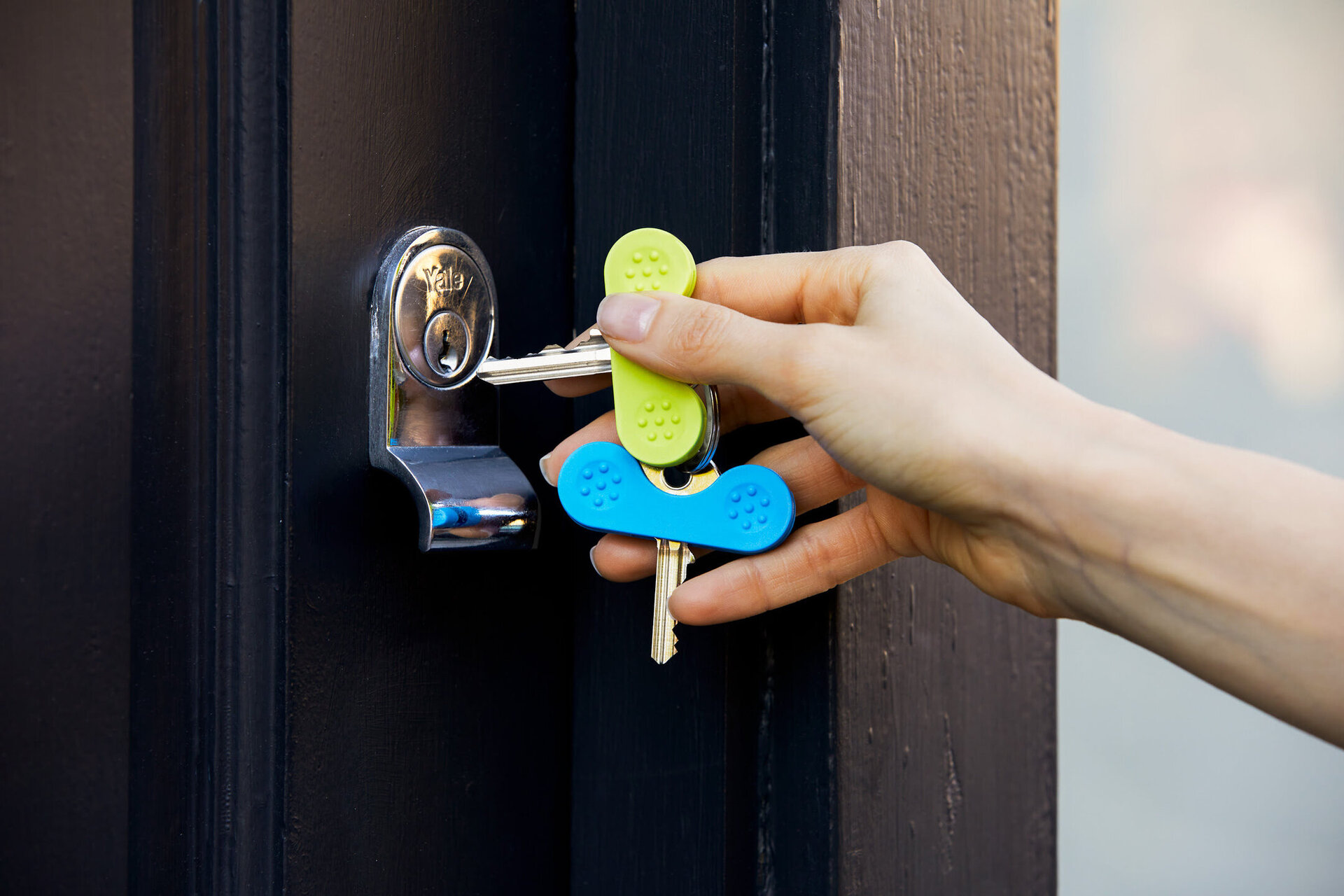
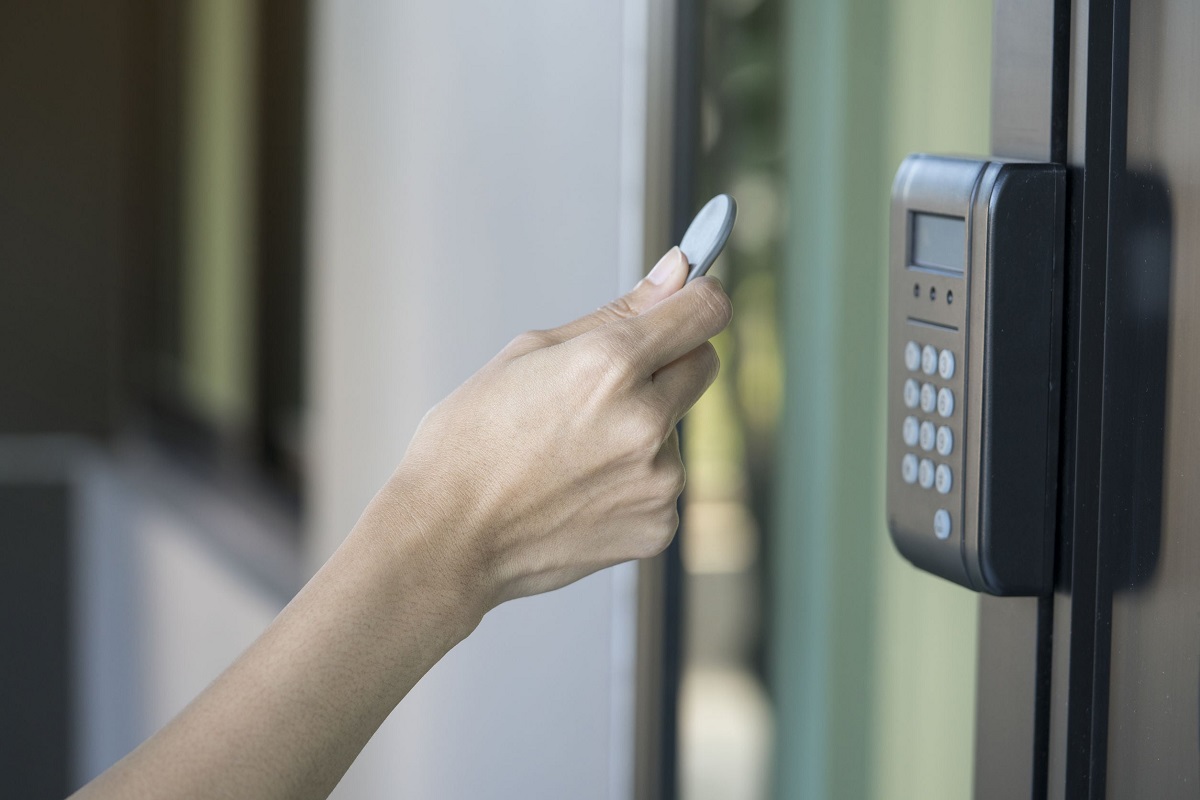
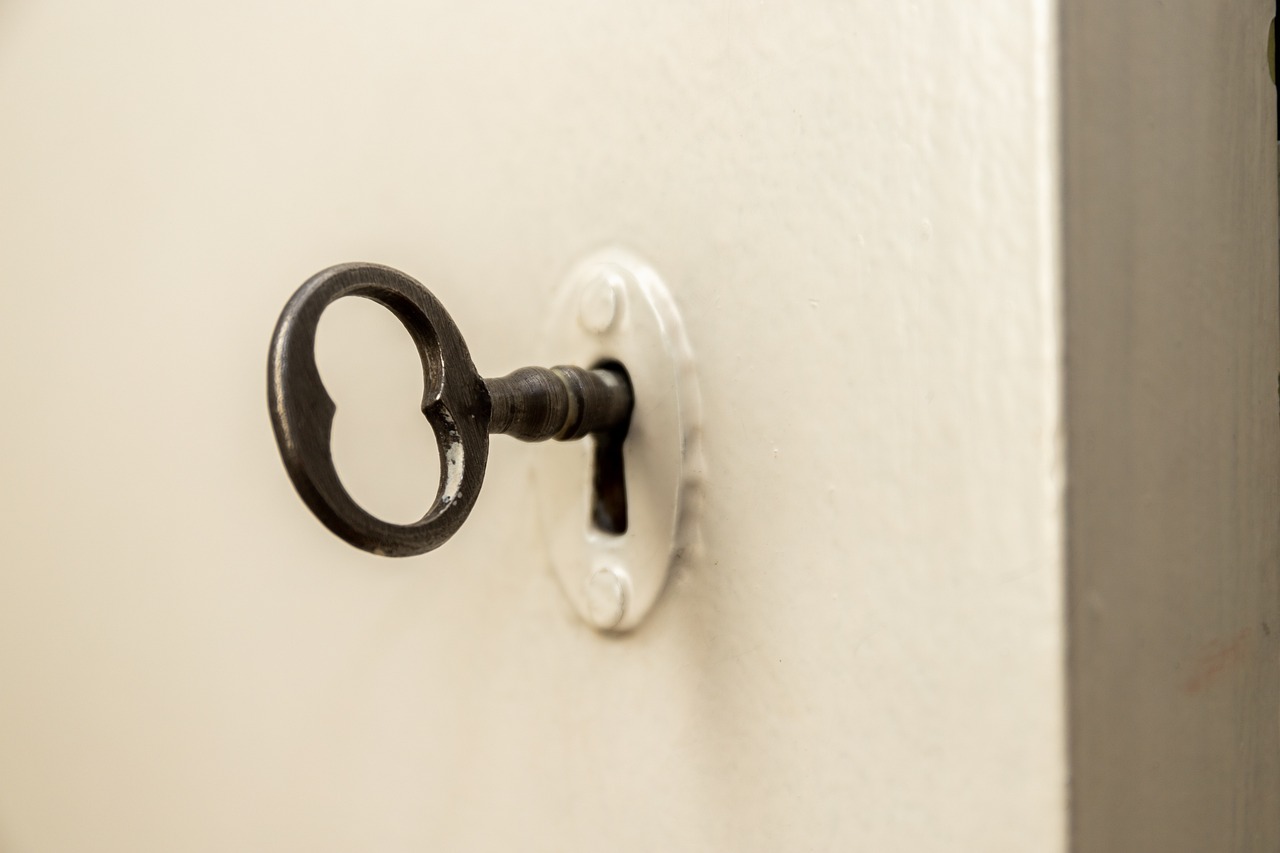
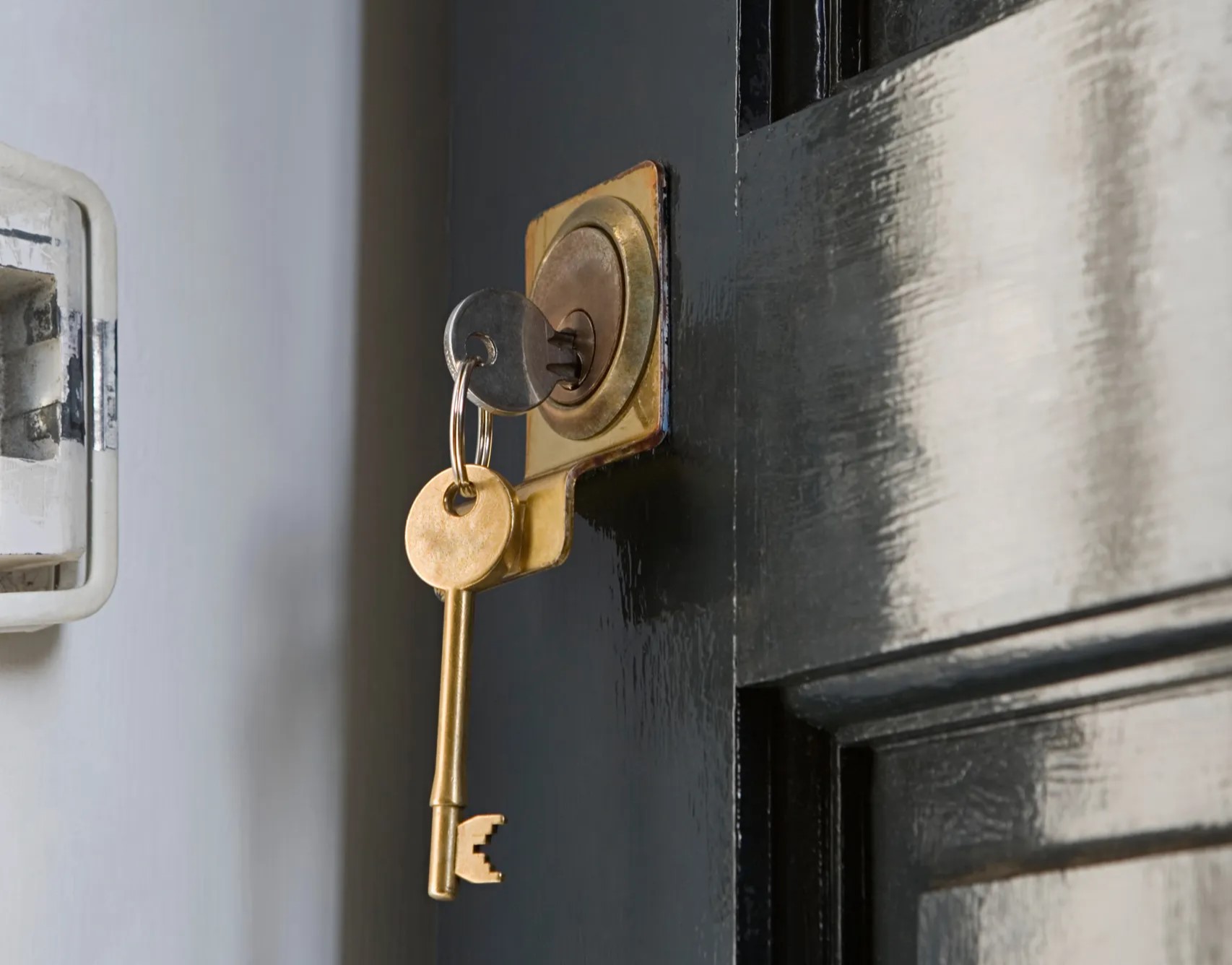
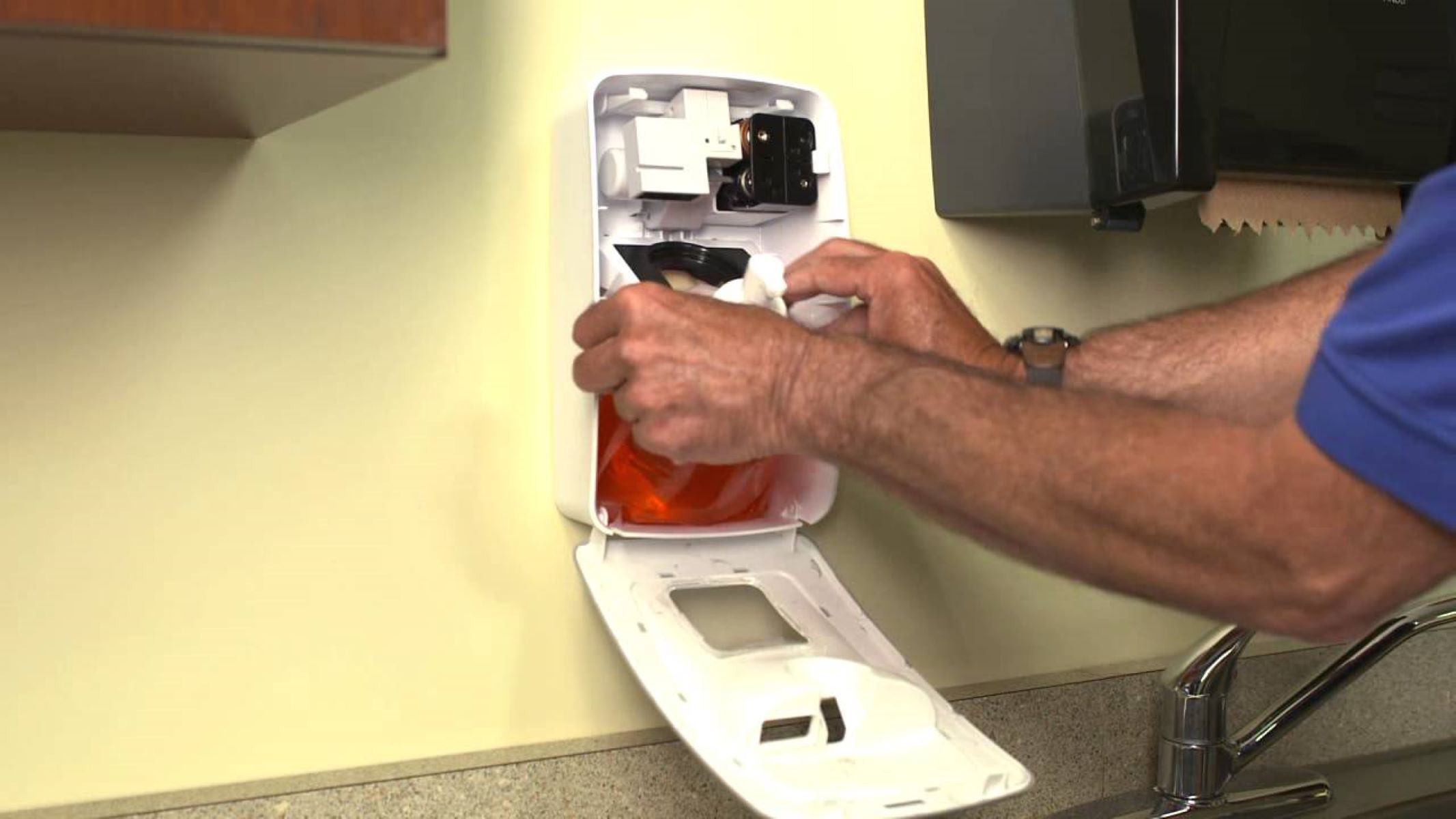
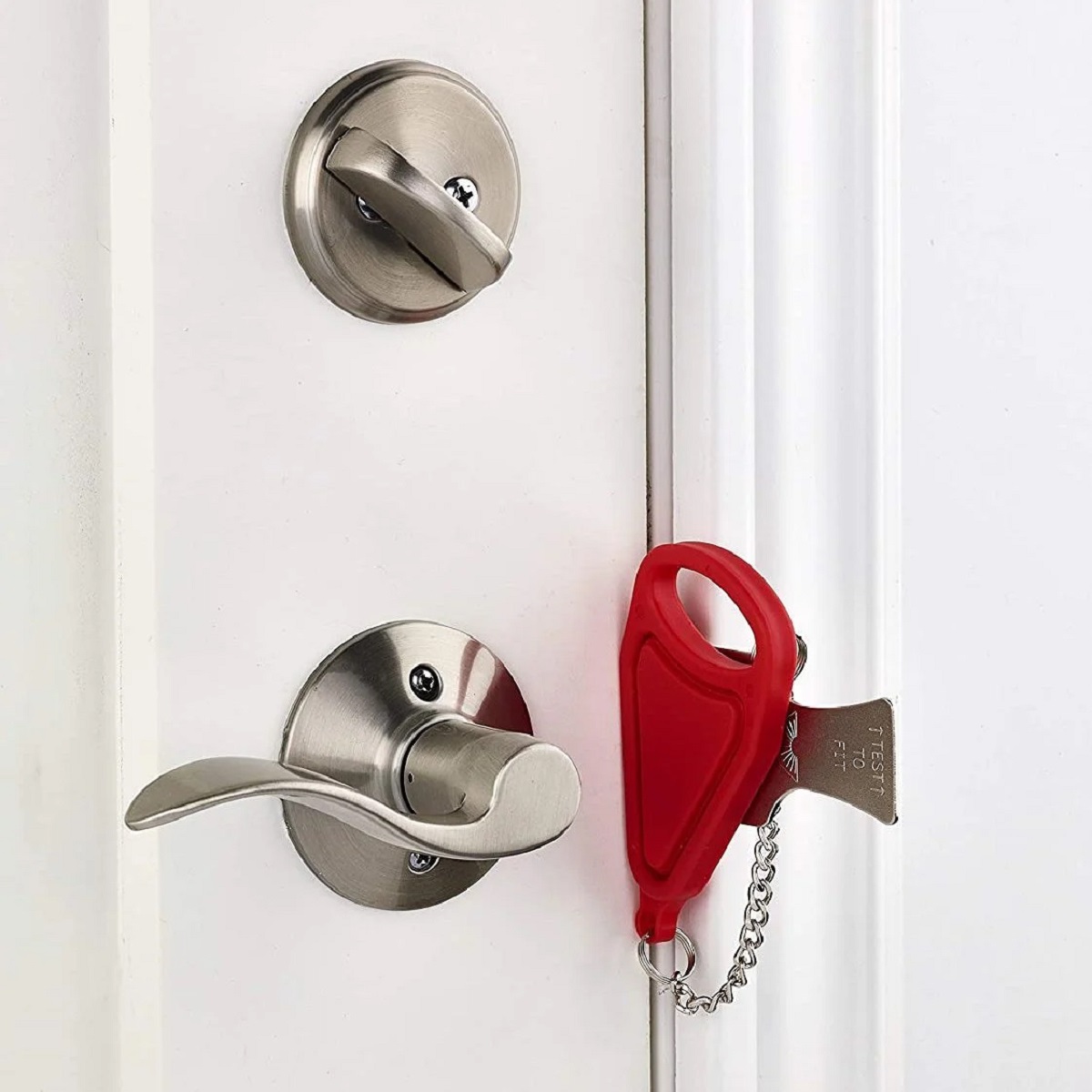
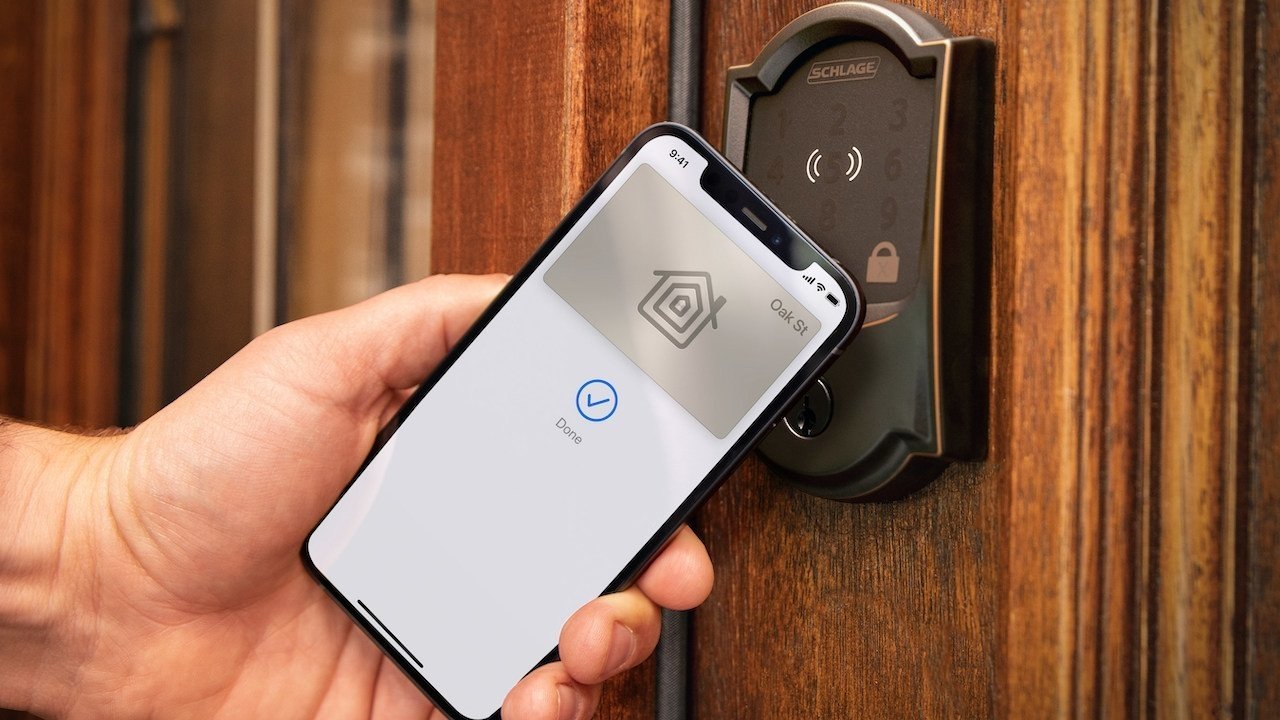
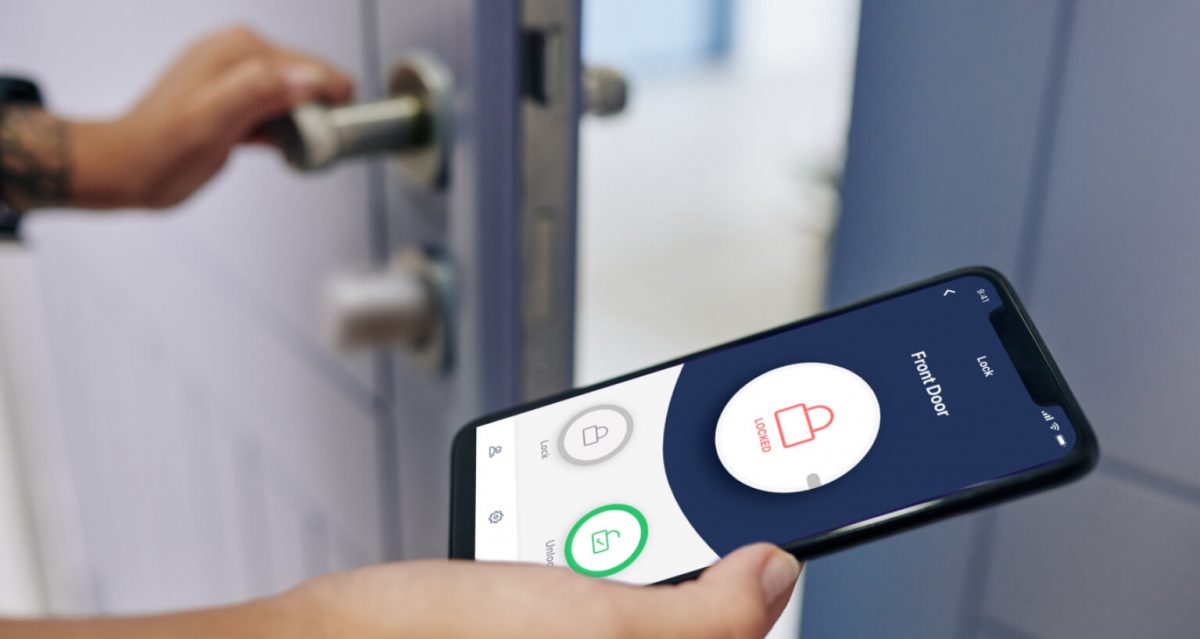

0 thoughts on “How To Open Interior Door Lock Without Key”